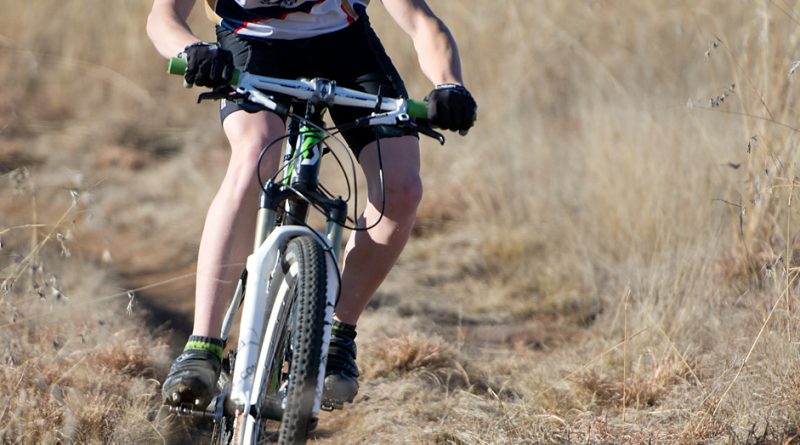Stay on the right track when buying and insuring your bike

So, you love getting out on the open road and pushing your body to the limit as you tackle the steep inclines of the city’s highways and byways? Or maybe you love the thrill of pitting your skills against nature as you navigate boulders, bushes and gloriously grubby mud puddles? Either way, if cycling’s in your blood we know how much you love your bike and all the bits that go with it.
The downside is, so do all the peddlers of fake cycling goods. These nasties are waiting in the wings to sell you fake bikes, rubbish rip-offs and even, in some cases, bikes stolen in bikejackings. Unfortunately, that’s the reality of this lucrative sport, where bikes and accessories fetch a pretty penny both online and in-store.
But buying fake cycling goods can land you in hot water, particularly with your insurer.
Too good to be true
Beware of cheap and nasty goods sold online or through ‘freelance merchants’. For example, if a Pinarello Dogma frame costs 100USD on an Asian-based website compared to the R50 000 price tag in a local bike shop, chances are it’s a fake. And if that offer from the nice guy who’s selling the bike of your dreams seems too good to be true, it probably is.
These scenarios are common, but if you buy a fake bike and intentionally insure it as the real deal, you’re committing insurance fraud and that comes with serious consequences.
‘I had no idea…’
Con artists are good at their game and being duped into buying an expensive bike that’s actually a fake does happen. But what happens when you insure that bike, not knowing it’s fake? Well, when the time to comes to claim, your insurer will follow normal procedures as with any high-value claim and ask for things like your proof of purchase to validate ownership. If you’re claiming against damage to the bike, they may also ask you to bring the bike in to verify its originality.
At this point, if your seemingly genuine bike turns out to be fake, your insurer is only obligated to pay out an amount based on the estimated value of the fake, and not on an original’s replacement value.
Proof of ownership
When taking out insurance on your bike, your insurer will ask you to verify proof of ownership. If you can’t get an original invoice/purchase order or proof of ownership, simply take your bike to a reputable bike shop and ask them for a replacement quote. You can then submit this along with a photo of the bike to your insurer. Also remember to record the serial numbers found on the frame and keep these safe, as in most cases the manufacturer will be able to verify the authenticity of the bike.
Keep these tips in mind when buying and insuring your bike:
• Don’t buy counterfeit goods
• Don’t buy goods from untrusted sources
• Be aware of cheap bikes and accessories, particularly from unknown overseas manufacturers
• Write down your bike’s serial numbers, and keep these safe
• Don’t be tempted to insure a fake item at the original replacement cost – you won’t be paid out in the event it gets damaged or stolen
• Always keep your proof of ownership and submit this along with your claim to save time
• If you’re not sure of your bike’s authenticity, take it to an approved bike agent and ask them to verify its originality
• Always be honest with your insurer
[Info by By Max Huggins, MiWay head of claims]
On the Arrive Alive website there are 2 sections well worth of your attention:
Cycling safely on South African roads and mountain bike trails
Cycling Safety Suggestions for South African Conditions
Also view:
Mountain biking community warned to be alert of counterfeiters targeting cyclists
Mountain bikers warned to be alert to the threat of bike jacking in South Africa




